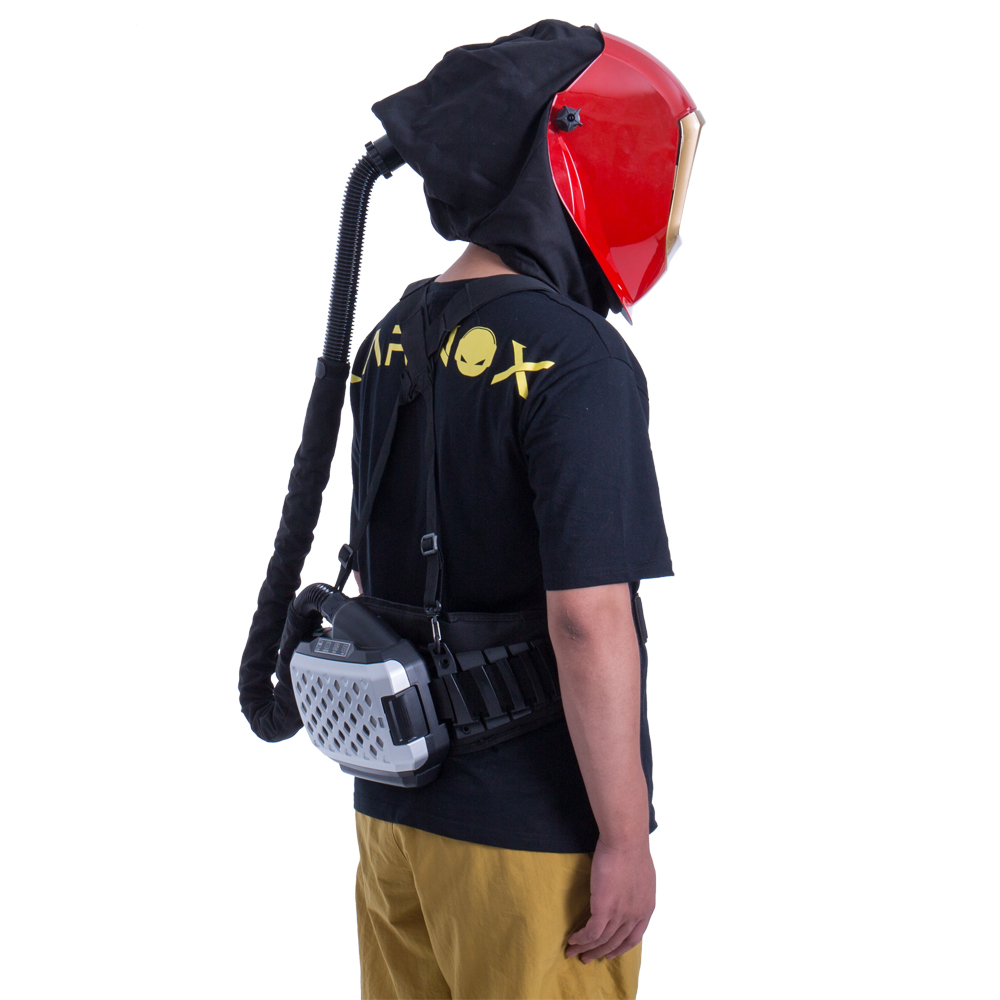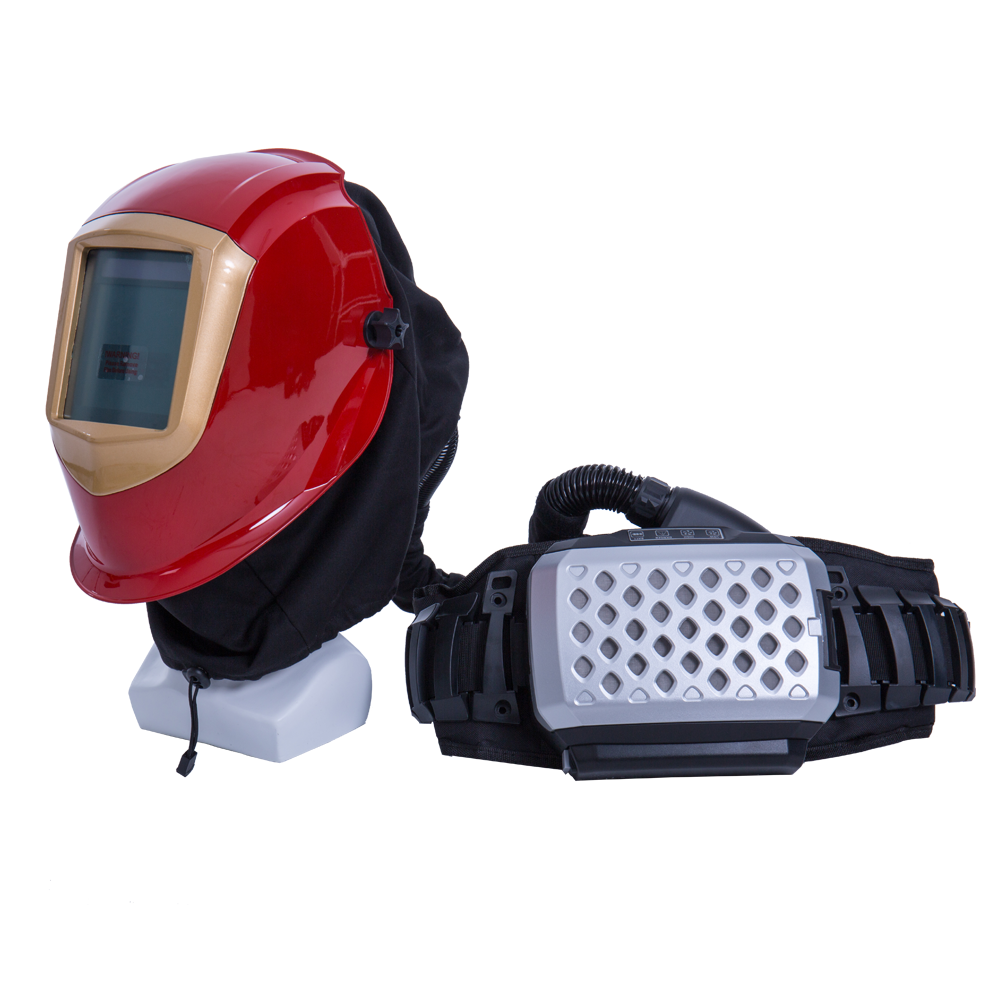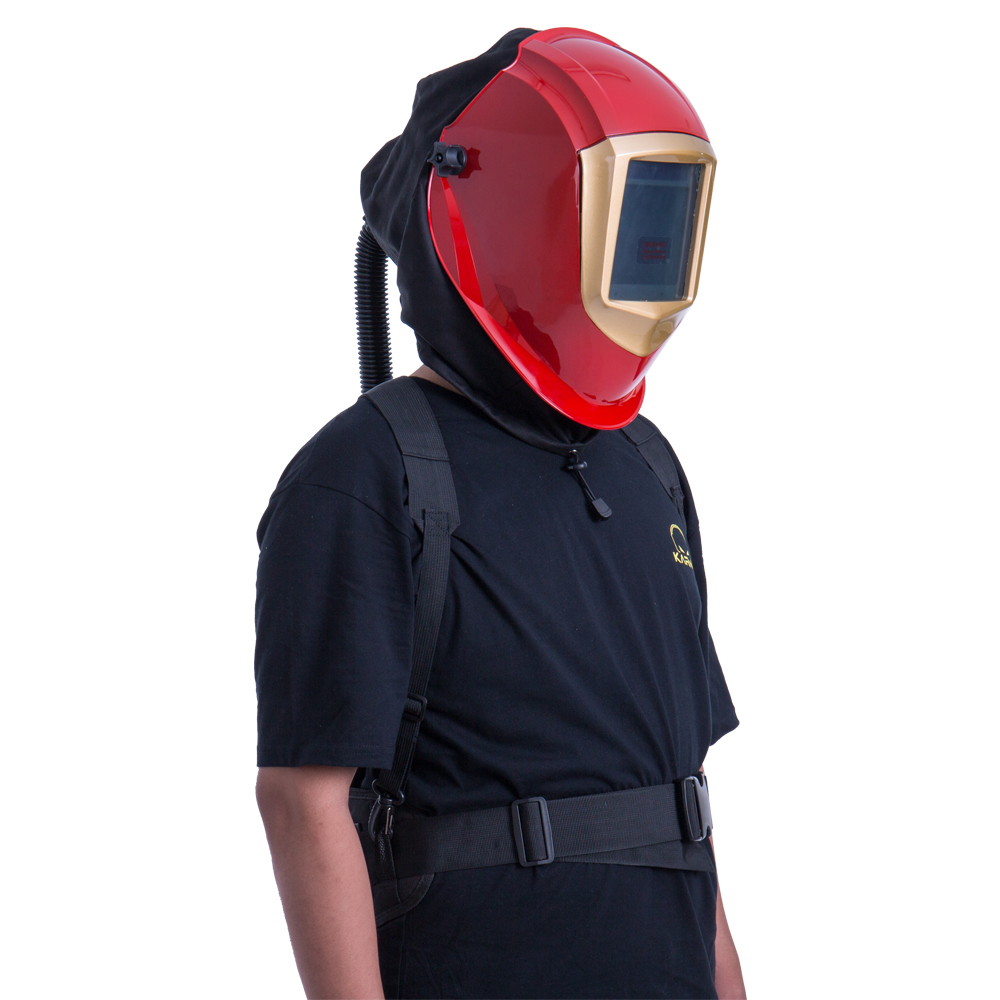

A Powered Air Purifying Respirator (PAPR) is a type of respiratory protective equipment that uses a powered fan to draw ambient air through filters, providing clean, filtered air to the wearer. PAPRs are widely used in industrial, medical, and hazardous environments where respiratory protection is critical.
Motorized Blower Unit: A battery-powered fan that pulls air through the filtration system.
Filtration System: Can include HEPA filters (for particulates), chemical cartridges (for gases/vapors), or combination filters.
Headgear: Options include:
Full-face mask (sealed, high protection)
Hood/helmet (loose-fitting, comfortable for long wear)
Half-mask (lightweight, but lower protection than full-face)
Breathing Tube: Connects the blower to the headgear, delivering purified air.
Air Intake: The fan draws in ambient air.
Filtration: Air passes through filters, removing contaminants (dust, chemicals, pathogens).
Air Delivery: Clean air is delivered to the headgear, creating positive pressure to prevent unfiltered air from entering.
✔ Superior Protection: Higher Assigned Protection Factor (APF) than disposable masks (e.g., N95).
✔ Reduced Breathing Resistance: The fan assists airflow, reducing fatigue.
✔ Comfort for Extended Use: Ideal for long shifts in healthcare, construction, or chemical handling.
✔ Versatility: Filters can be changed for different hazards (particles, gases, biological agents).

Healthcare: Protection against infectious diseases (e.g., TB, COVID-19) in hospitals.
Industrial: Chemical processing, welding, asbestos removal, and spray painting.
Emergency Response: Hazmat teams, firefighting, and decontamination.
Laboratories: Handling toxic substances or biohazards.
| Feature | PAPR | Non-Powered Respirator (e.g., N95, Half-Mask) |
|---|---|---|
| Airflow | Powered fan-assisted | Relies on user’s breathing effort |
| Protection Level | Higher (APF 25-1000) | Lower (APF 10 for N95, APF 10-50 for elastomeric) |
| Comfort | Better for long-term wear | Can cause heat buildup and fatigue |
| Cost | Higher initial and maintenance cost | Lower cost, disposable options available |
⚠ Not for Oxygen-Deficient Environments – Requires at least 19.5% oxygen (use SCBA instead in confined spaces).
⚠ Maintenance Required – Filters must be replaced, and batteries need recharging.
⚠ Bulkier – Less portable than disposable masks.
Your email address will not be published. Required fields are marked